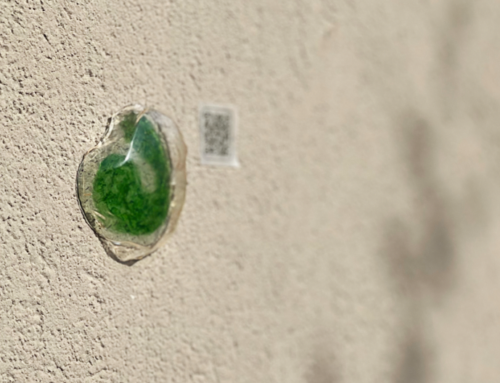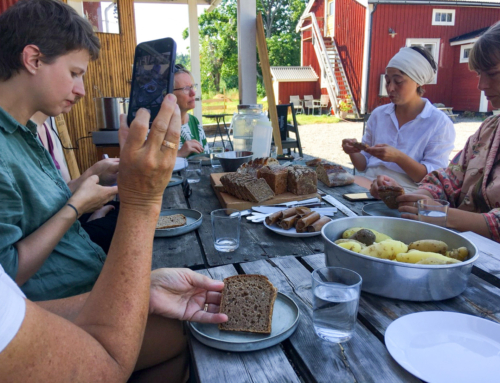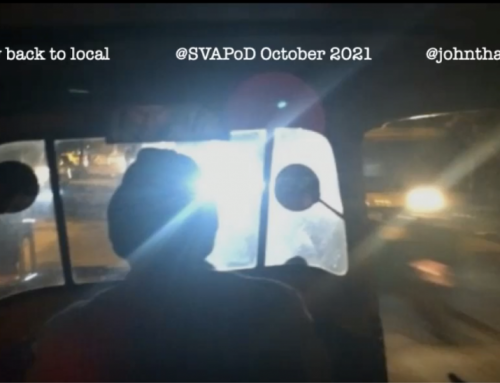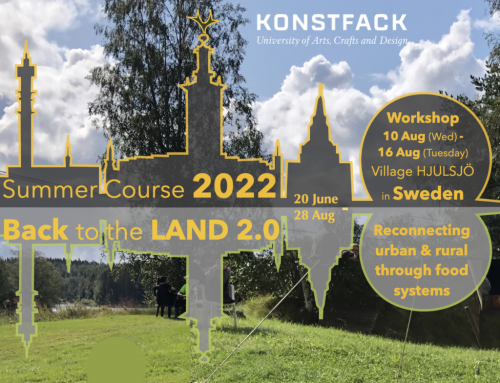Bad news for aspiring Frank Gehrys: buildings conceived as spectacles soon turn into white elephants. Mayors around the world are looking for alternative ways to develop their locality – ways that do not involve spending vast sums of money on trophy buildings designed by brand-name architects.
Three developments are putting an end to the boom in landmark buildings. The first is over-supply. This year’s Venice Architecture Biennale show-cased literally hundreds of large, glamorous buildings that will be built in the next few years. But, precisely because they are conceived as spectacles, these signature buildings have started to cancel each other out.
We accord them the same perceptual status as an Armani ad on a wall in New York or Milan: we look at them, judge them in a glance – and then move on. That’s not a great return on all the time, work and money invested to bring these totemic edifices about.
A second development: buildings conceived as tourist destinations are hard to sustain in business terms. City-hopping tourists seldom re-visit the Guggenheim in Bilbao, for example, where visitor numbers are now in decline.The UK, too, is awash in landmark cultural buildings – conceived politically as large and expensive signs, and paid for with lottery money – that seem doomed to go out of business once their novelty has worn off.
The third development is the emergence of “sociability” and “liveability” as new criteria for urban design. The French – who with their Grands Projets invented the craze for trophy buildings – have gone off in a new direction – towards the development of live, participatory events as ways of adding value to a place.
Describing itself as the “land of festivals”, the region of Provence-Aples-Cote d’Azur, alone, published a 194 page catalogue for 2002 that lists more than 300 events and festivals.These range from land-art and arborescence, ancient music and falconry, to festivals of laughter, rythm, and fanfare http://www.laregie-paca.com
Formal cultural festivals have been booming in France for years, but the new craze if forles arts de la rue. So popular has street art and performance become that festivals on the subject are now staged every summer – in Chalon-sur-Soane and Aurillac. These events, which bring together street-level theatre, circus, music and dance, have spawned now well-known acts such as Royale Luxe, Iltopie, and Generik Vapeur (http://www.generikvapeur.com/)
Eyebrows were raised this summer when the French minister of culture, usually the epitome of high (read: expensive) culture, attended the Chalon event for the first time. And a professional asssociation for street arts has been formed to represent the artists and producers, and festival organisers. http://www.lefourneau.com/lafederation
Jean-Marie Songy, director of the Aurillac festival, says these events expemplify what he calls the “open city – the utopian ideal that a city as an open stage that supports freedom of expression”. http://www.chalondanslarue.com/
Some artists have mixed views about the growing attention. Caty Avram, founder of Generik Vapeur, warns that “these festivals are indispensable for bringing performers and programmers together – but we must take care that our street-level interventions do not evolve into spectacles observed by a passive public.We should always be looking for new locales, and for people not accustomed to our kind of actions”.
Olivier Brie, Director of Art Point M, agrees: “there are two real risks for a festival such as Chalon: the rain, and paying visitors”. (Source: Le Monde 20 July 2002)
“Street artists are rightly suspicious of passive spectacle” confirms another producer, Catherine Lemaire, director of a dynamic Ganges-based agency, Eurekart. “The trend is away from set-piece performances towards smaller, more intimate interactions. The thinking now is that every spectator can also be an artist”. eurekart@club-internet.fr (00 33 (0)4 67 73 98 40)
Lemaire observes that street theatre is becoming less aggressive and provocative. “Artists seem to have become less confrontational and more humane – less hard”, she says.”We are seeing smaller, more intimate events – and the emergence of troupes of one, two or three people – in contrast to the 15 or 20 we’d have seen a year or two ago. It’s not unknown now for an artist to provoke an interaction with just one person on the street”.
A second tendency, says Lemaire, is that street art is finding new types of locations.”Performers seem to be moving away from decorative balconies in the town square, in favour of the workplace, the shopping centre, or the factory”,
Every November, Lemaire organises the equivalent of a Cannes Film Festval in Montpellier – Label Rue – which brings together a selection of artists, and commissioners of events from throughout France. Lefevre, who has realised street art events in dozens of towns throughout France, Spain and Italy, selects about 40 acts and invites city and festival programmers to come and view them.
The artists do their thing in car parks, outside cafes and on the streets of Montpellier. There is music of all kinds – jazz, steel drum, morooccan fanfare, yeti chanting. There are graffiti artists, fire performers, and a sculptor, Patrick Lefevre, playing the saxophone a top a 15 metre pyramid of his own construction.
end




